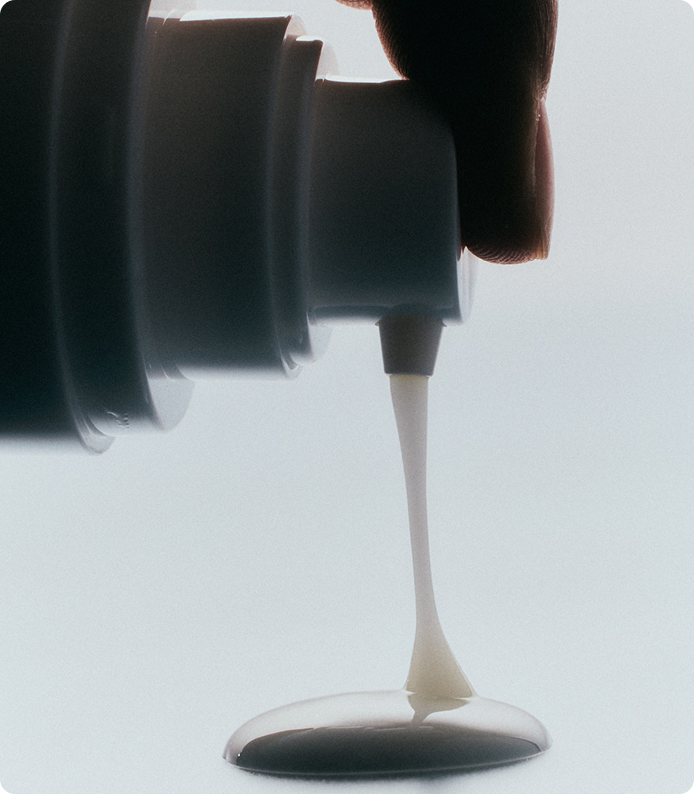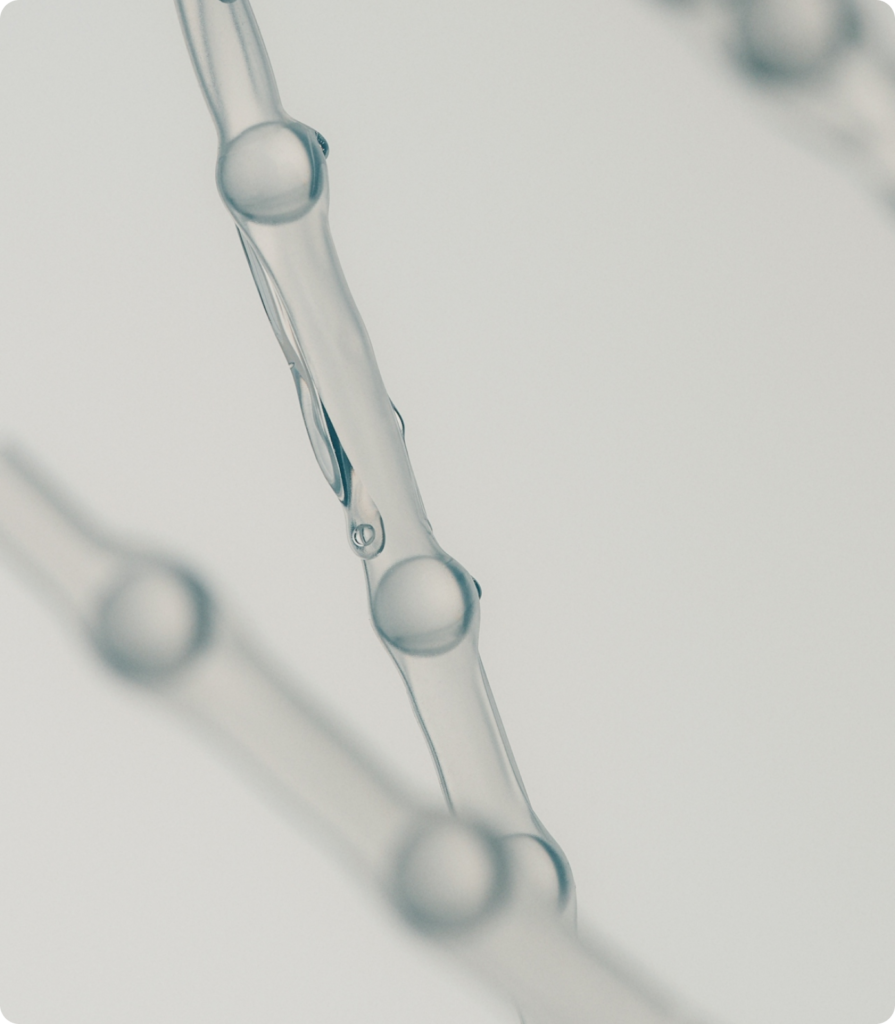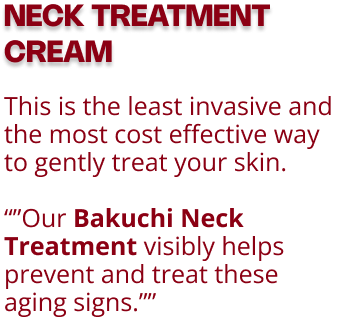Why do the neck and décolleté
age faster than the face?
Often overlooked in our daily skincare routines, the neck and
décolleté are areas that can betray our age if not given proper
attention. The delicate skin in these areas is thinner and more
prone to sagging, wrinkles, and sun damage than the skin on
our faces. Neglecting neck care can lead to a visible disconnect
between a youthful face and an aged neck.
Several factors contribute to the
premature aging of the neck and décolleté:
Sun
Exposure:
These areas are often exposed to the sun, leading to sun damage and premature aging.
Thin Skin
The skin on the neck and décolleté is thinner than facial skin, making it more susceptible to wrinkles and sagging.
Lack of Collagen
and Elastin
Over time, collagen and elastin production decreases, leading to loss of firmness and elasticity
Poor
Posture
Poor posture can contribute to sagging skin in the neck and décolleté.


The Impact of Oxidative Stress
Oxidative stress, caused by free radicals, is a major
contributor to skin aging. When exposed to environmental
factors like UV radiation, pollution, and stress, the skin
produces harmful free radicals that can damage collagen and
elastin, leading to wrinkles and sagging.

Preventing Photoaging in the
Neck and Décolleté

If you're experiencing intense signs of
aging, there are several effective
treatments available.
Treating Photoaging in
the Neck and Décolleté

Chemical peels
Superficial or medium-depth chemical peels can help to exfoliate the skin and reduce the appearance of wrinkles.
Laser
resurfacing
This procedure uses laser energy to stimulate collagen production and improve skin texture.
Neck lifts:
For more severe cases of aging, a surgical neck lift may be considered.
Please consult your dermatologist before beginning complex procedures.
At-Home Remedies
To protect your neck and décolleté from
photoaging, it’s essential to:
Geek out here with some
more literature from the
US National Library of
Medicine:
Photo-aging is characterized by sagging and thinning of the
skin, discoloration, fine lines, and skin fragility. Clinical signs of photo-aging are caused by loss of elastin, hyaluronic acid (HA), and collagen. Loss of elastin contributes to skin laxity (sagging skin), which, combined with aging downward pull of the platysmal muscle, results in horizontal wrinkles commonly referred to as necklace lines. Loss of collagen in skin leads to fine lines, thinness, vertical lines, fragility, and textural change. Loss of HA in skin results in decreased skin plumpness and fine lines.
Some of the antioxidant agents, such as green tea and vitamin E, also have anti-inflammatory and anticarcinogenic properties.24, 25 The body does have its own innate antioxidant defense, but this reservoir can be depleted under repeated stressors.30 Thus, topical antioxidants can protect and restore the skin’s defense against oxidative damage.
Oxidative stress is another factor for aging of the skin. Antioxidants, such as niacinamide, vitamin E, green tea, and other botanical extracts, have shown to prevent cellular or structural damage in the skin.24, 25 Another class of cosmeceuticals includes bioactive peptides, such as palmitoyl pentapeptide-4, which has been showed in vitro to simulate collagen and clinical studies have shown improvement in signs of aging (e.g., wrinkle and fine line reduction).26,27 As such, replenishing the dermis and epidermis through HA, antioxidants, and peptides is an intuitive approach to reverse the signs of photoaging and to prevent further deterioration.

